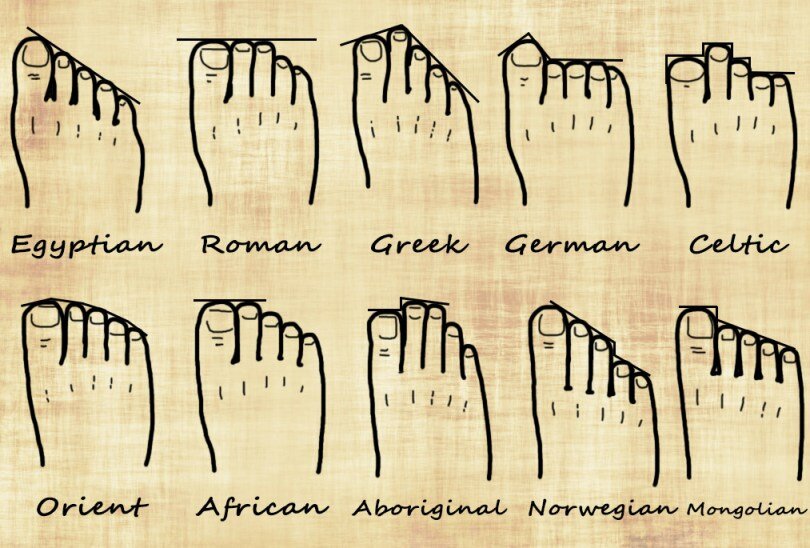If you’ve got a long second digit on your foot, then you have Greek feet, but that is linked to a genetic trait, not Greek ancestry.
If you’ve ever had the chance to check out a famous Greek statue, you might have noticed their toes. They have Greek foot, also known as “flame foot”, where the second toe is longer than the rest. One study on the incidence of the Greek type of foot shows that it’s a common trait in the Greek population.
But it’s also an ideological geometric concept, and is one the Ancient Greeks used in their Architectural design, art, and even finances. In medical terms, however, this orthopaedic attribute is also known as Morton’s toe.
Greek Hellenistic Bronze statue of boxer at rest | © Joseph Uj/Flickr
This foot shape and elongated second toe may cause aches because it affects how weight is distributed across the foot, but it may also confer an athletic advantage based on a 2004 study, which showed it to be more common in professional athletes.
Illustration by Diego Sabogal
Research into toe length genetics shows that Greek foot is an X-linked recessive trait, meaning the gene which is responsible for this trait is found on the X chromosome. Females have two X chromosomes while males have one X chromosome and one Y chromosome.
Although there is conflicting evidence stating the prevalence of Greek foot (anywhere between 5–30%), it’s widely agreed that it is an inherited trait. It’s even found in indigenous populations as far spread as the Ainu of Japan. It’s also very similar to Celtic foot.












